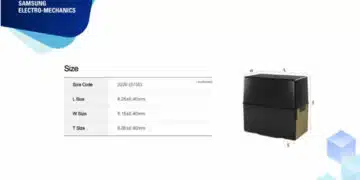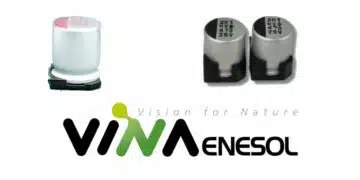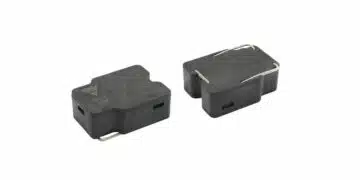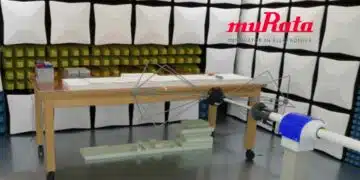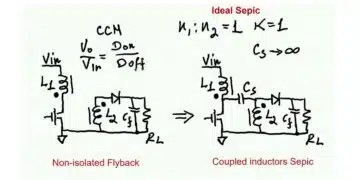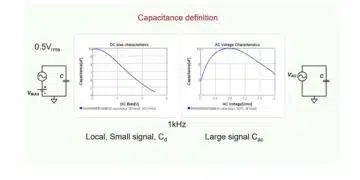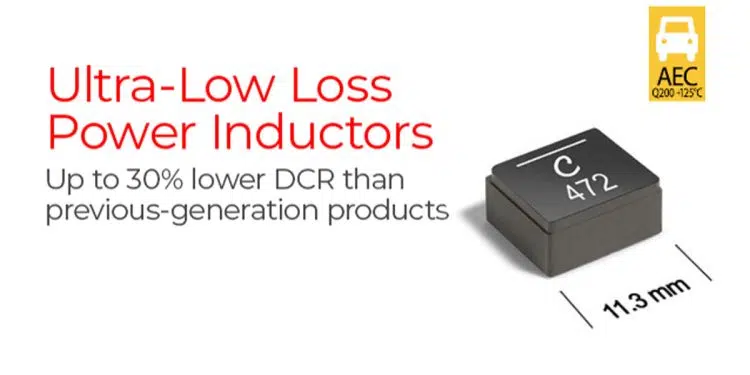Coilcraft reduces DCR up to 30% on its popular XGL1060 series of ultra-low loss power chip inductors.
XGL1060 molded power chip SMD inductors offer Coilcraft’s lowest DC losses and extremely low power losses for a wide range of DC-DC converters. Additional performance benefits include a wider range of inductance values and improved Irms current ratings.
Features
- Industry’s lowest DCR and low power losses
- High current handling with soft saturation characteristics
- AEC-Q200 Grade 1 (–40°C to +125°C) with a 165°C max part temperature
- Core material: Composite
- Environmental RoHS compliant, halogen free Terminations RoHS compliant tin-silver (96.5/3.5) over copper
- Weight 3.6 – 4.0g
- Operating voltage: 0 – 60V
- Ambient temperature –40°C to +125°C with (40°C rise) Irms current
- Maximum part temperature +165°C (ambient + temp rise) with derating
- Storage temperature Component: –55°C to +165°C.
- Resistance to soldering heat Max three 40 second reflows at +260°C
- Moisture Sensitivity Level (MSL) 1 (unlimited floor life at <30°C / 85% relative humidity)
Specifications
Electrical specifications at 25°C. Operating voltage 0 — 60 V
Source:
Coilcraft


